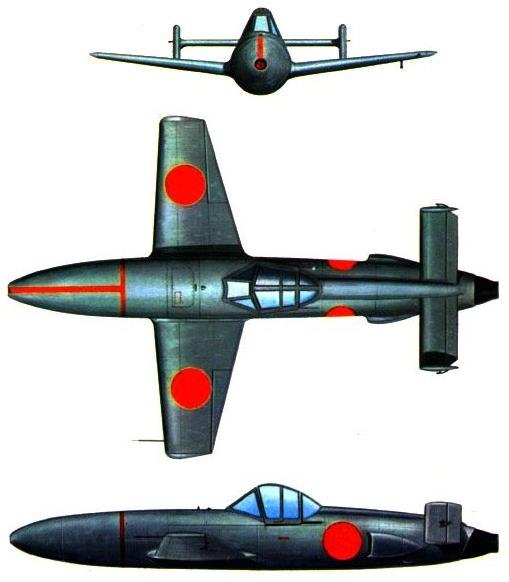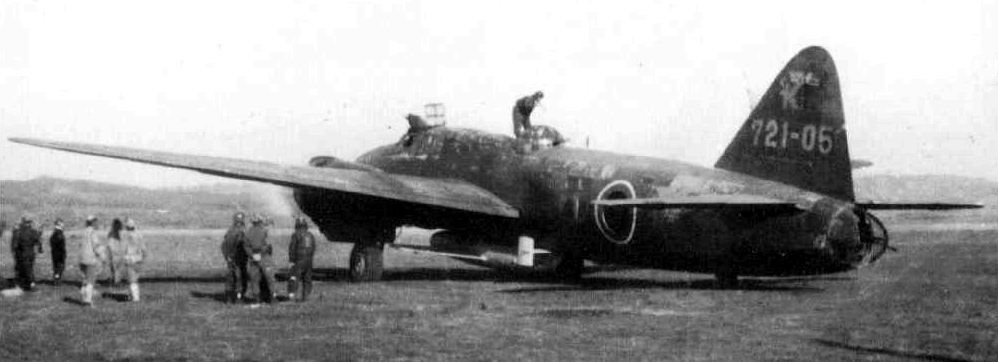The Markham class were being built when the Senate authorised
more small Patrol/Anti-aircraft cruisers to be built. Antarctica
always seemed to be short of small cruisers to do the 'maids of
all work' duties. This new class would provide two new streams
with the Larsen class being the CLA version and the Klink class
the CL type. They would share the same hull and machinery with
the Larsen armed with 10x5" and the Klink with 9x6".
The first pair completed in late 1940, then another four in
1941, four more in 1942, and the final pair in 1943. These were
the first Antarctican ships to mount the new 40mm Bofors
mountings. Radar predictors were eventually fitted for all of
the mountings. These ships were tied to the fleet and were used
as guard ships for the big carriers. Not only as AA guards but
also torpedo guards, where these ships would deliberately put
themselves in front of torpedoes aimed at the carrier it was
guarding. Cheaper to replace a small cruiser than a large
carrier.
Ten of the twelve ships survived the war. Both being lost to
guided bombs. The Troup was sunk in the Mediterranean after
being hit by a Fritz X guided bomb. The Boult was lost to a hit
from a Japanese Ohka guided rocket bomb. Part of the Kamikaze
equipment. The Boult was guarding the CV Albanon at the time. A
hit on the Albanon from an Ohka may well have been fatal. The
ten survivors were a part of the Fleet till 1948 when they were
put up for sale. Four found overseas buyers, the remaining six
were sent to the reserve Fleet. They were reactivated in 1951 to
guard the carriers going to Korea, then Vietnam. Those six were
finally sold for scrap in 1974. They had proved very useful AA
ships. When compared to the Dido and Atlanta classes their
longevity speaks for itself. The Atlanta class were discarded
quickly after wars end, they were too unstable for the armaments
the US had tried to fit them with. The same applied to the Dido
class, the 5.25" turret, mountings and associated equipment were
too big and heavy for the size of ship they were mounted on. The
Improved Dido's with four turrets instead of five performed much
better.
I like RN ships, I use their designs all the time. But I am also
very aware of their flaws. The British were very good at
designing and building their ships to the last ton of the Treaty
values. Often to the detriment of the ships themselves. One
major flaw is that RN ships are notoriously 'wet' forward. The
armament (and its weight) are too far toward the bow. This
creates 'plunging' motions, like a porpoise and makes the bow
end of the ship 'wet'. Of course all the mess decks for the
ordinary seaman are forward, near the bow. Conditions in those
mess decks in some RN ships were absolutely horrible. Dank,
mouldy places where tuberculosis could run rife. In response to
that flaw, when I am using RN hulls for my Alternate ships, the
first thing I do is move the forward armament further aft. This
also has the benefit of allowing my designs to maintain higher
speeds with the more weatherly designs.
| Displacement | 7,000 tons standard, 8,800 tons full load |
| Length | 540 ft |
| Breadth | 55 ft |
| Draught | 16 ft |
| Machinery | 4 shaft, steam turbines, 80,000ihp |
| Speed | 33 knots |
| Range | 7,000 miles at 12 knots |
| Armour | 3" side, 2" deck |
| Armament | As completed 10 x 5" (5x2) 16 x 2pd AA (4x4) 8 x 20mm (8x1) |
| Torpedoes | 8 x 21" (2x4) |
| Complement | 460 |
| Notes | Senator Larsen Senator Hadlee Senator Troup - sunk 1943 Senator Southee Senator Vettori Senator Boult - sunk 1945 Senator Wagner Senator Martin Senator Cairns Senator Morrison Senator Chatfield Senator Collinge |
286 Radar as fitted to the Larsen Class.

Japanese Ohka, rocket bomb, that sank the Senator Boult.

The Ohka required a mothership to get it to its release point
near the Allied Fleets.
